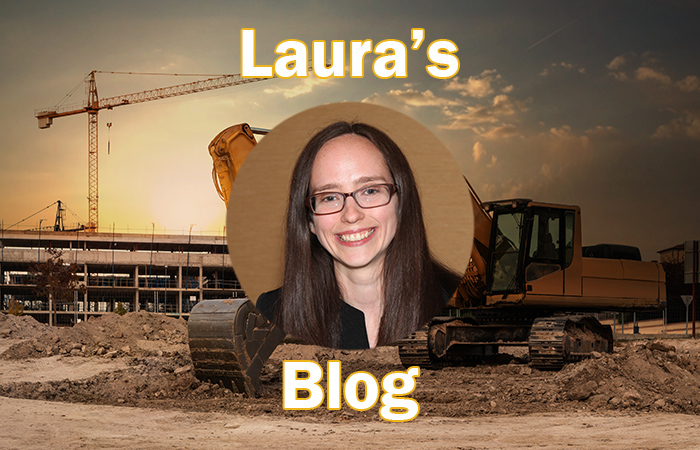Roughly 40-70% of a construction company’s total spending stems from procurement, and new research from McKinsey & Co., reveals many chief procurement officers in the industry believe consistent application of best-in-class procurement practices could lead to up to 12% cost savings. What’s more, procurement will play a pivotal role as construction companies navigate uncertainty and aim for sustainability targets.
The insights come from McKinsey’s latest report, The Strategic Era of Procurement in Construction. Taking a closer look at this from a sustainability perspective provides deeper understandings. According to the research, the construction industry is directly and indirectly impacting 25% of global carbon dioxide emissions mainly through the production processes of the ingoing materials and the energy efficiency of the structure through its lifecycle.
Here’s the challenge. Roughly 90% of emissions for construction companies are Scope 3. Peggy Smedley has defined the scopes in great detail, with Scope 1 being greenhouse gas emissions that a company makes directly and Scope 2 being emissions that a company makes indirectly when it purchases electricity for heating and cooling of buildings or for data centers, as one example. Scope 3 is where things get tricky. This is the category that is associated with everything else and not just the company, but all of the suppliers upstream and downstream of the value chain.
McKinsey’s report highlights that procurement, as the main interface with the construction value chain, should be in the driver’s seat to reduce the carbon footprint of construction projects and meet corporate sustainability targets. That requires new skill sets, data and insights, and new decision-making processes and involvement in the construction projects by the procurement professionals.
How can construction companies go about doing this? On The Peggy Smedley Show at the end of last year, Eugenio Longo, sustainability director, TCS, recommended doing estimates and probabilistic studies to better measure how much emissions are being used in Scope 3, specifically.
“You need to start building a hypothetical supply chain and based on market intelligence and regional, geographical intelligence, you could start building your Scope 3 emissions,” he told Smedley.
On that episode of The Peggy Smedley Show, Mark Kroese, general manager, sustainability solutions, Microsoft, adds every company should embrace three words when it comes to this: just get started.
McKinsey’s research offers similar sentiments to the construction industry: procurement teams will need to create transparency and estimations for the CO2 footprint across the value chain, gain granular perspective on costs and emissions from different materials and available suppliers, and work with engineering and project management teams to manage trade-offs of cost/value vs emissions to prioritize solutions that can drive both profits and sustainability.
This will require procurement teams to act along three dimensions, according to McKinsey:
Talent and expertise: Construction companies will need new expert roles focused on collecting reliable information, guiding, and recommending trade-offs between alternative materials and technologies.
Roles and mandates: New roles should not only be embedded in the procurement organization but also integrated closely with engineering and design functions and project teams to drive recommendations or alternatives, optimize trade-offs between profitability and sustainability targets, as well as securing access to scarce materials.
Data and market intelligence: Procurement teams will need to collect and curate reliable information on the different existing alternatives. This should be built in partnership with suppliers but will require to build own databases, conduct research, and even perform tests when needed. This needs to be complemented with new digital tools to collect, display, and interpret data.
Optimizing procurement can help on a number of fronts going forward. Decarbonization is certainly one of them. But so too is improving productivity and the bottomline. Procurement can be the door that unlocks greater profitability and productivity—and the first step often starts with the data to enable it.
Want to tweet about this article? Use hashtags #construction #IoT #sustainability #AI #5G #cloud #edge #futureofwork #infrastructure #procurement


